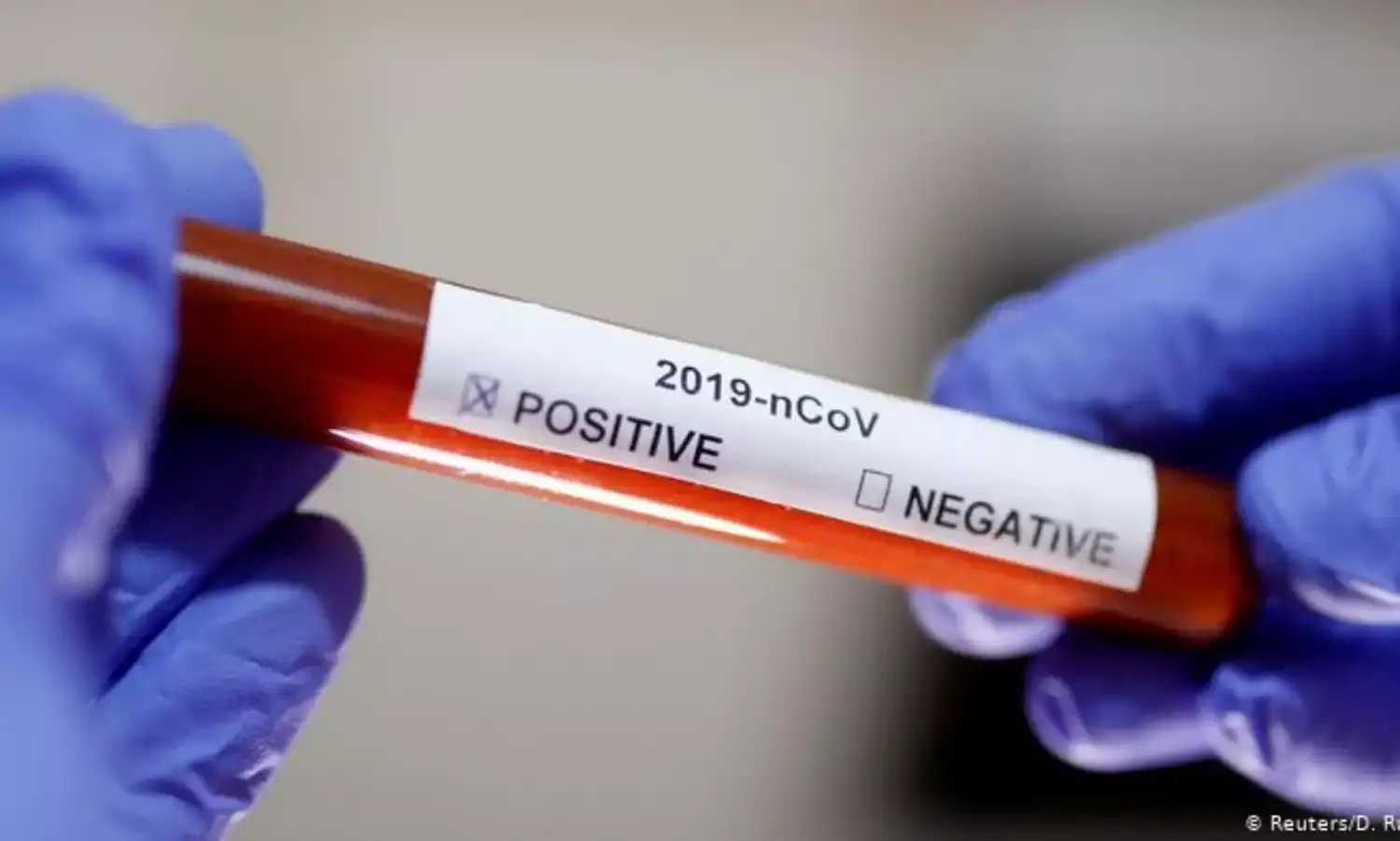Are Antibody Tests the Solution to the Lockdown?
Antibody tests: False positive and false negative

There has recently been a lot of talk about antibody tests being a way to get people back to work amidst the Coronavirus lockdown. Those who have had the disease asymptomatically can get a test done which would tell them whether they have had the virus in the past. This would give them some amount of immunity. As a non-expert in these matters, I have no way to evaluate the claim about immunity – I will leave that to those who know better. For now, I will assume that there is some amount of immunity.
However, I am concerned about many of the released antibody tests and their efficacy. While I am not a medical expert, as a mathematician, I do understand probability. The important concepts here are those of false positive and false negative.
First, let us clarify what these mean. Suppose I was to say that the false positive rate of a particular test was 4%. Does that mean that there is only a 4% chance that you test positive when you actually never had the virus? No. False positive of 4% means that if we were to give the test to the entire population of those who should be testing negative, 4% of those test positive.
I am focusing on false positives since that is what is troubling when talking about getting those with antibodies back to work. What would be scary is if we get a lot of people without antibodies out into the public who think they have immunity to the disease.
Let me illustrate the above scenario of a 4% false positive rate. Incidentally, this false positive rate is that of one of the antibody tests in the market approved by the US FDA. You can find the details at: https://www.fda.gov/media/136625/download
In order to do this, we need to make some assumptions about the percentage of people in the population who actually have antibodies to the virus. We can vary that later and see how things change. However, let us start at 10%. For ease of calculation, let us take a population of 1000 people.
That means 100 people have the antibodies while 900 do not. So, if we give the test to everybody, notice that 4% of the 900 people will test positive for the antibodies. That works out to 36 people. Ignoring false negatives, which will only make the problem worse, that means that 136 people will test positive. So, if you test positive, that means that there is a 36/136 chance that you are negative which works out to around a 26% chance. In this scenario, if we use a single antibody test to allow people to leave their houses, 26% of the people will not have the antibodies. That is a huge number.
If the infection rate in the population was less, say 5%, the results are even more troubling. In that scenario, the 26% shoots up to over 40%. Of course, in the unfortunate scenario that the infection rate is higher, the test becomes more accurate.
Experts are definitely aware of this. The reason I’m writing this article is that I can imagine individuals seeing the results of a single antibody test and deciding that they no longer need to engage in preventative measures. Remember that there is still a very large probability that you do not have the antibodies when the test says you do.
How can this be mitigated? Multiple tests saying so will make it more likely that you are positive. However, how much of an effect this has depends on how correlated the results of the tests are. Is it that the false positives are random or is there some underlying reason for those false positives which results in the same people testing positive in multiple tests even when they do not have the virus? This is a question I do not have a clue about. Experts in the field will have to enlighten us on this.
Those who have been symptomatic (even mildly) are also more likely to have had the virus – in accordance with the test, the symptoms give us more evidence that the antibodies actually exist.
However, the general rule ought to be to keep your guard up for the foreseeable future. Even once the strict lockdown rules end, continue to maintain physical distancing as far as possible, wear a mask, and wash your hands constantly.
Madhav Kaushish is a mathematician and educator.



